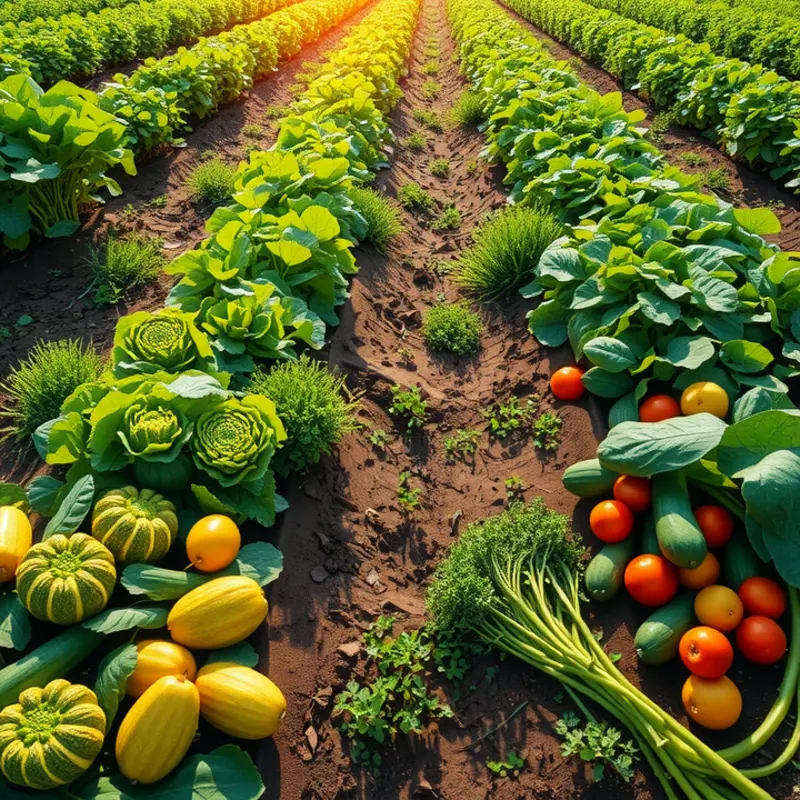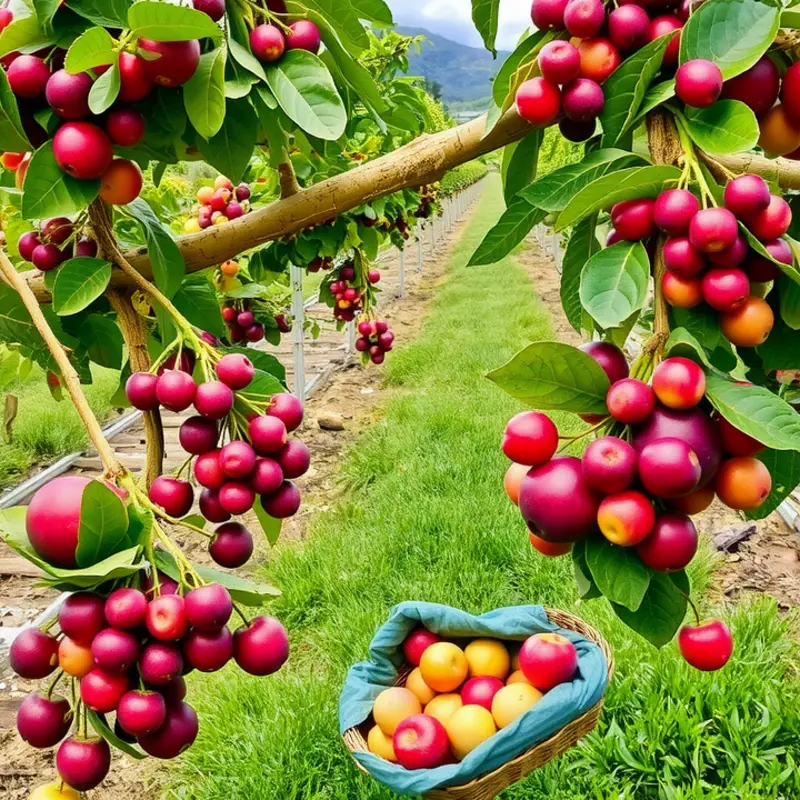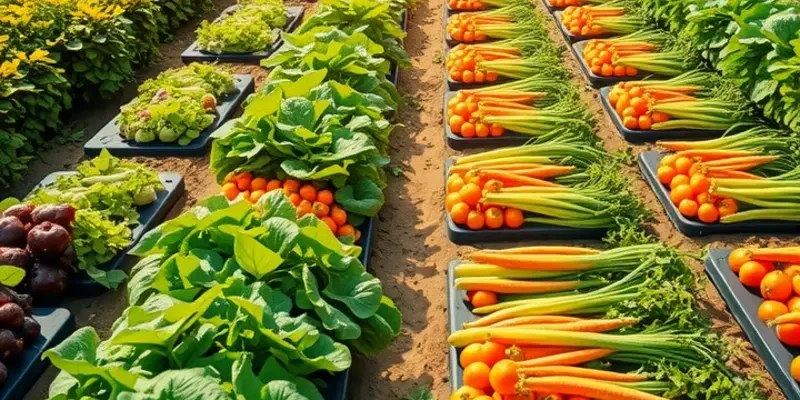Cooking in batches can lead to delightful meals, but it often results in excess food. Learning to reuse leftovers creatively allows you to minimize waste while maximizing flavor. By storing food properly and brainstorming inventive uses for tomorrow’s meal, you can elevate your culinary experience and contribute to a more sustainable lifestyle.
Smart Storage for Leftover Success

Properly storing leftovers not only preserves their quality but also prevents foodborne illnesses. Understanding the right methods for different types of food is essential for maximizing their shelf life. Here, we’ll delve into effective storage practices, container choices, and organizational tips to ensure your leftovers remain fresh and delicious.
The Right Containers
Choosing the right container is the first step in smart storage. Opt for those with airtight seals to lock in freshness and prevent odor absorption. Glass containers are excellent for acidic foods, as they don’t react and impart flavors. For those prioritizing sustainability, consider reusable silicone bags that save space and are durable. Remember, if you use plastic containers, ensure they’re free from harmful chemicals.
Labeling for Freshness
Labeling containers with the date prepared is a simple step but crucial. Use erasable markers or masking tape to note the date and contents. This helps prioritize consumption and reduces the risk of eating spoiled food. A general rule of thumb: consume refrigerated leftovers within three to four days and frozen leftovers within three months.
Organizing Your Fridge and Pantry
Effectively organizing your storage areas ensures easy access and reduces waste. In the fridge, store leftovers on the top shelf for visibility, and label sections to categorize items. Employ a ‘first in, first out’ system by placing newer leftovers behind older ones. For the pantry, use clear storage jars or bins, positioning items with closer expiration dates at the front.
Preventing Contamination
Avoid cross-contamination by storing leftovers in shallow containers, which speeds up the cooling process and keeps bacteria at bay. If reheating leftovers, bring them to an internal temperature of at least 165°F (73.9°C) to ensure safety. This is particularly important for sauces and gravies, which can spoil quickly if not stored properly. For more detailed guidance on sauce storage, you can explore this comprehensive resource.
Adjusting Storage Techniques Based on Food Type
Some foods require special attention. Bread can be kept at room temperature for a few days but benefits from freezing to extend freshness. Cooked grains should be stored in airtight containers to prevent moisture absorption. Dairy products like hard cheese can be wrapped in parchment paper to allow them to breathe while retaining moisture.
Being mindful about storage means enjoying your meals longer and reducing waste. By integrating these strategies into your daily routine, you turn potential waste into opportunity, harnessing leftovers’ full potential.
Deliciously Innovating: Transforming Leftovers

Leftovers often evoke a lackluster image, but a dash of creativity can transform them into culinary delights. Transforming yesterday’s dinner into today’s exciting meal is not just an art—it’s a sustainable practice. By reimagining your leftovers, you can enjoy a constant variety of dishes without wasting food.
First, consider making soups, the quintessential comfort food. A bit of leftover roast chicken and veggies can pair beautifully with broth to create a nourishing soup. Add herbs and spices, such as rosemary or thyme, for a fresh burst of flavor. For creamier varieties, incorporate leftover rice and simmer with coconut milk or cream.
Casseroles also provide a blank canvas to creatively use leftovers. Combine last night’s meat with some frozen peas, cheese, and a starch, such as potatoes or pasta. Bake until golden and bubbly. The beauty of casseroles lies in their forgiving nature—almost any combination works when it’s mixed with cheese and sauce.
Got leftover grains? Transform them into vibrant salads. Cold quinoa, rice, or even pasta can be the base for a colorful salad. Toss with beans, diced vegetables, and a simple vinaigrette for a refreshing lunch. Add nuts or seeds for crunch, and fresh herbs for an aromatic finish.
Stir-fries offer another opportunity to utilize leftovers efficiently. Stir-fry leftover beef or chicken with a mix of crunchy vegetables and a dash of soy or teriyaki sauce for an umami-rich dish. These quick, high-heat methods can reinvigorate both the flavor and texture of protein and veggies.
Incorporating sauces can elevate any leftover dish. A tangy chimichurri or a creamy béchamel can reinvent roasted vegetables or bland proteins. Explore sauce variations by simulating the principles from easy sauce simmering. Such additions are perfect for balancing flavors and ensuring the remnants of past meals shine anew.
Finally, create meal kits from what you have on hand. Package up small portions of cooked meat, grains, and toppings in separate containers for easy assembly later. Keep a variety of sauces ready to go for a diverse set of meals with minimal additional prep. This method not only reduces waste, but also speeds up meal preparation throughout the week.
Through these techniques, you’re not just saving time and money but also actively participating in a more sustainable way of living. You’re reducing your food waste footprint by giving leftovers a delicious second life.
Final words
Embracing leftover creativity not only allows you to reduce waste but also enhances your cooking skills. By understanding how to store food effectively and finding imaginative recipes, you can make every meal count. Whether you’re repurposing roasted vegetables into a savory frittata or transforming rice into a stir-fry, the possibilities are endless. As you incorporate these practices into your meal planning, you’ll enjoy both diverse flavors and the satisfaction of minimizing food waste.







